Shimei Xu
51yunjian.com, Hetie International Square, Chengdu, Sichuan, China
An optimized Capsule-LSTM model for facial expression recognition with video sequences
May 27, 2021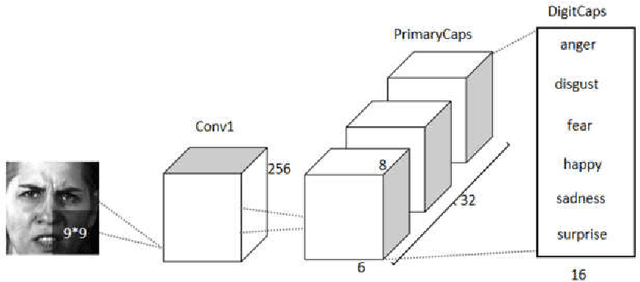
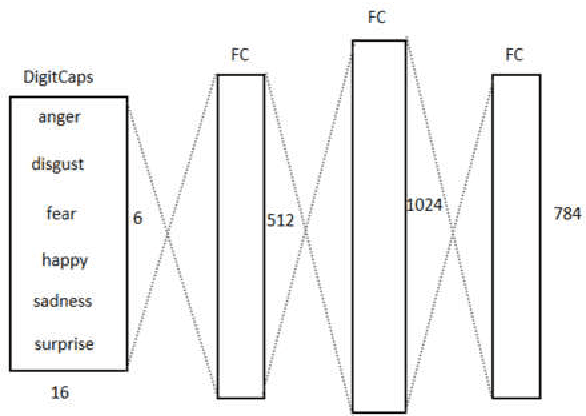
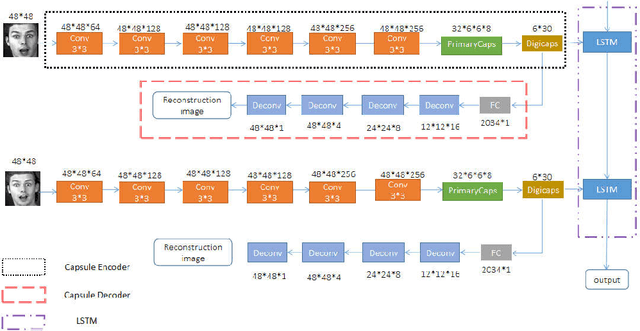

Abstract:To overcome the limitations of convolutional neural network in the process of facial expression recognition, a facial expression recognition model Capsule-LSTM based on video frame sequence is proposed. This model is composed of three networks includingcapsule encoders, capsule decoders and LSTM network. The capsule encoder extracts the spatial information of facial expressions in video frames. Capsule decoder reconstructs the images to optimize the network. LSTM extracts the temporal information between video frames and analyzes the differences in expression changes between frames. The experimental results from the MMI dataset show that the Capsule-LSTM model proposed in this paper can effectively improve the accuracy of video expression recognition.
BPLF: A Bi-Parallel Linear Flow Model for Facial Expression Generation from Emotion Set Images
May 27, 2021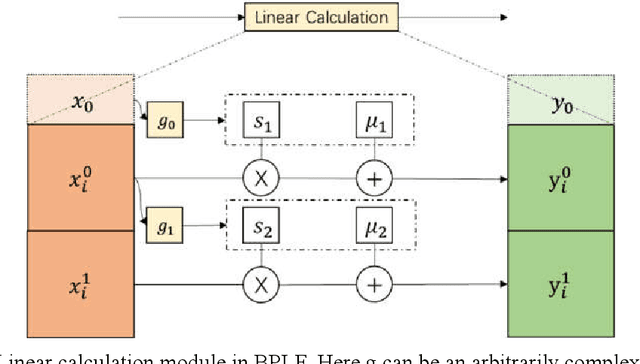

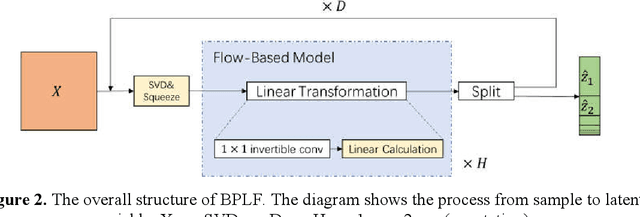
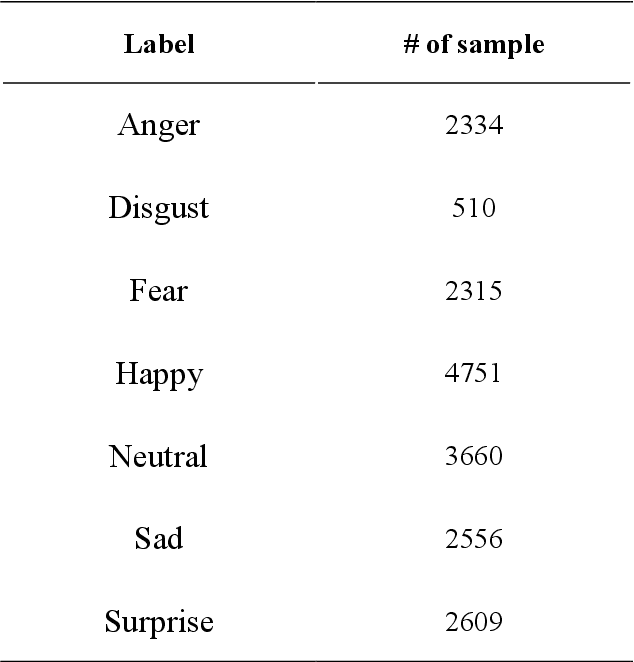
Abstract:The flow-based generative model is a deep learning generative model, which obtains the ability to generate data by explicitly learning the data distribution. Theoretically its ability to restore data is stronger than other generative models. However, its implementation has many limitations, including limited model design, too many model parameters and tedious calculation. In this paper, a bi-parallel linear flow model for facial emotion generation from emotion set images is constructed, and a series of improvements have been made in terms of the expression ability of the model and the convergence speed in training. The model is mainly composed of several coupling layers superimposed to form a multi-scale structure, in which each coupling layer contains 1*1 reversible convolution and linear operation modules. Furthermore, this paper sorted out the current public data set of facial emotion images, made a new emotion data, and verified the model through this data set. The experimental results show that, under the traditional convolutional neural network, the 3-layer 3*3 convolution kernel is more conducive to extracte the features of the face images. The introduction of principal component decomposition can improve the convergence speed of the model.
 Add to Chrome
Add to Chrome Add to Firefox
Add to Firefox Add to Edge
Add to Edge